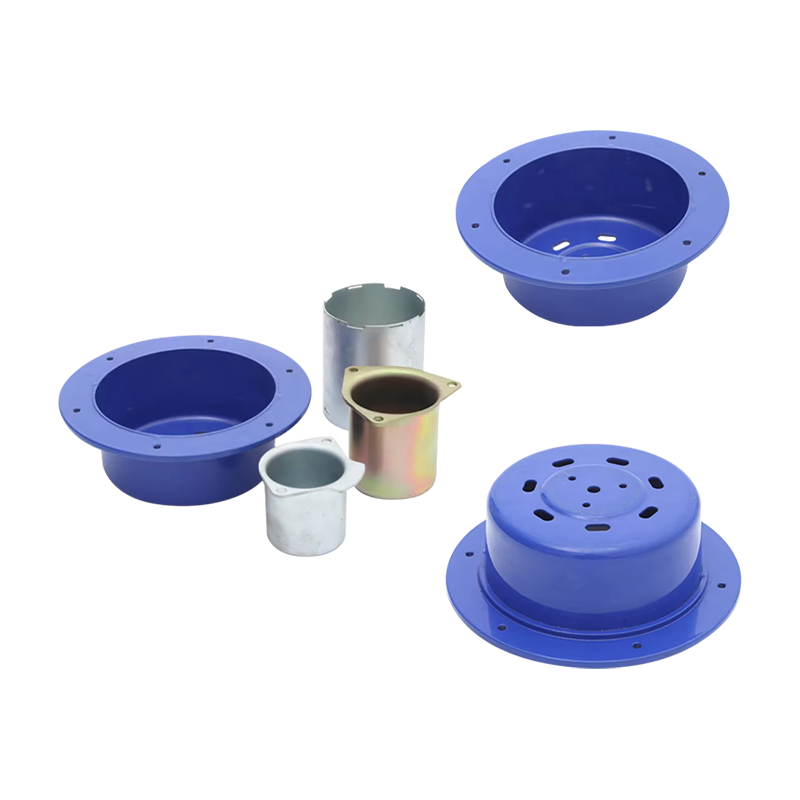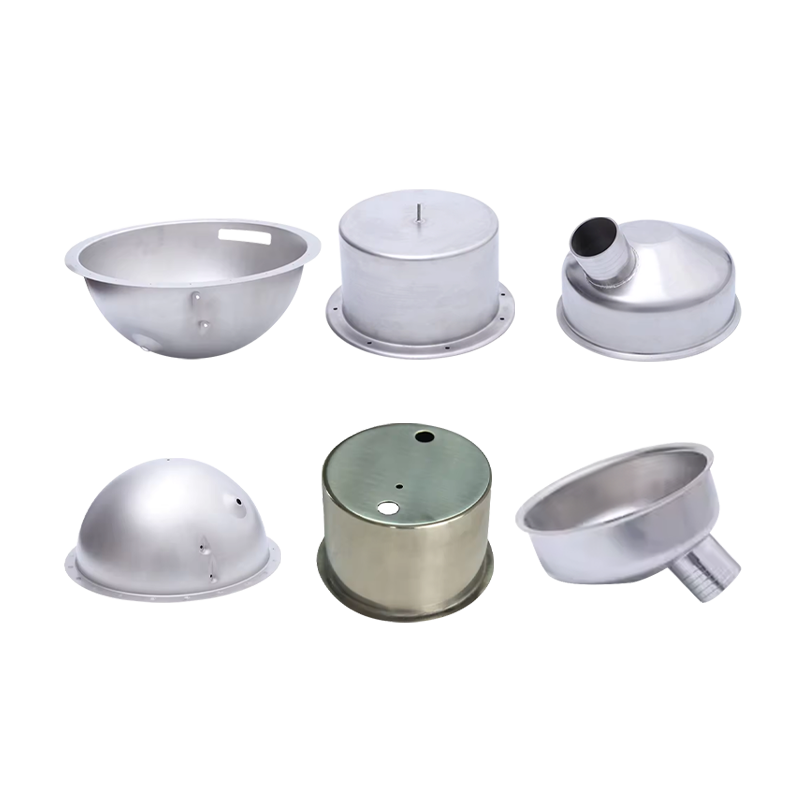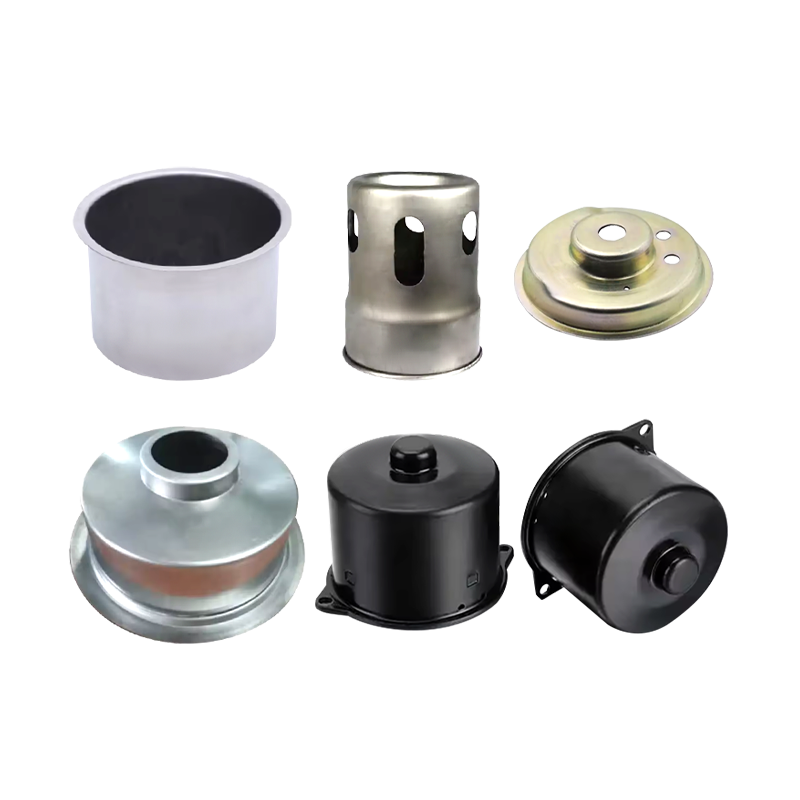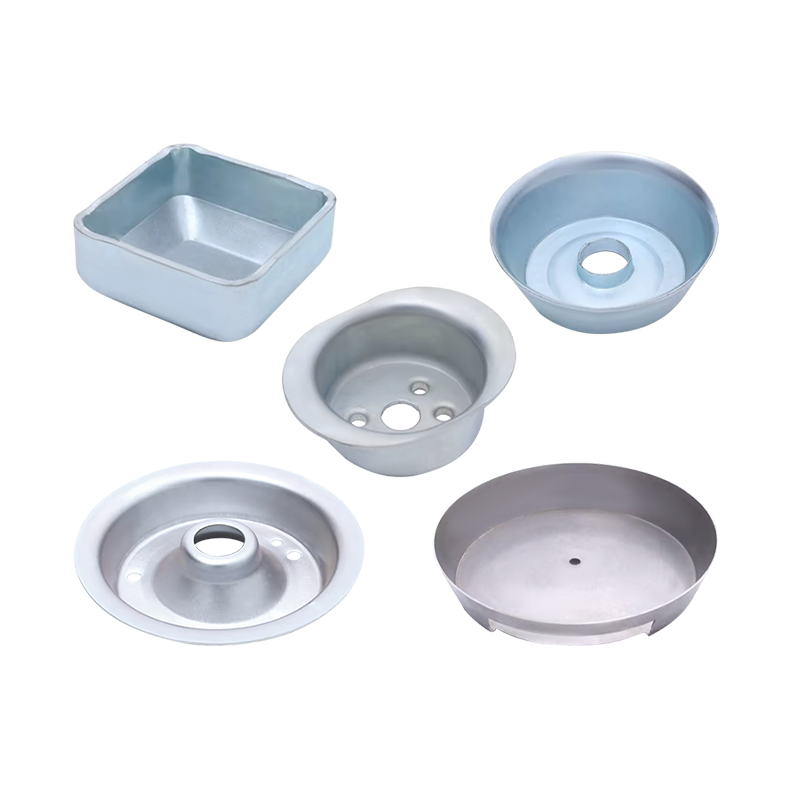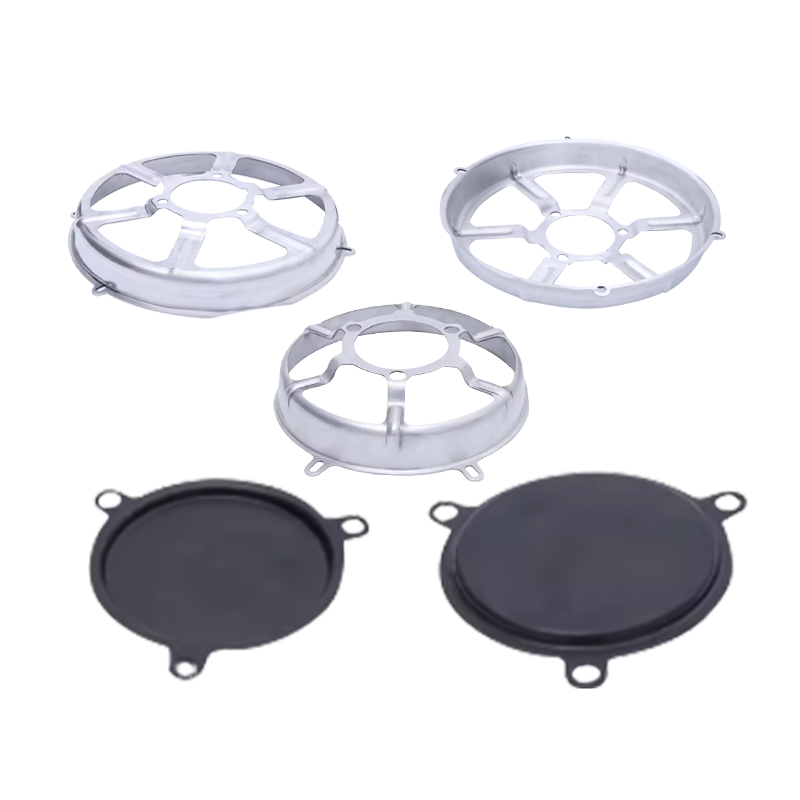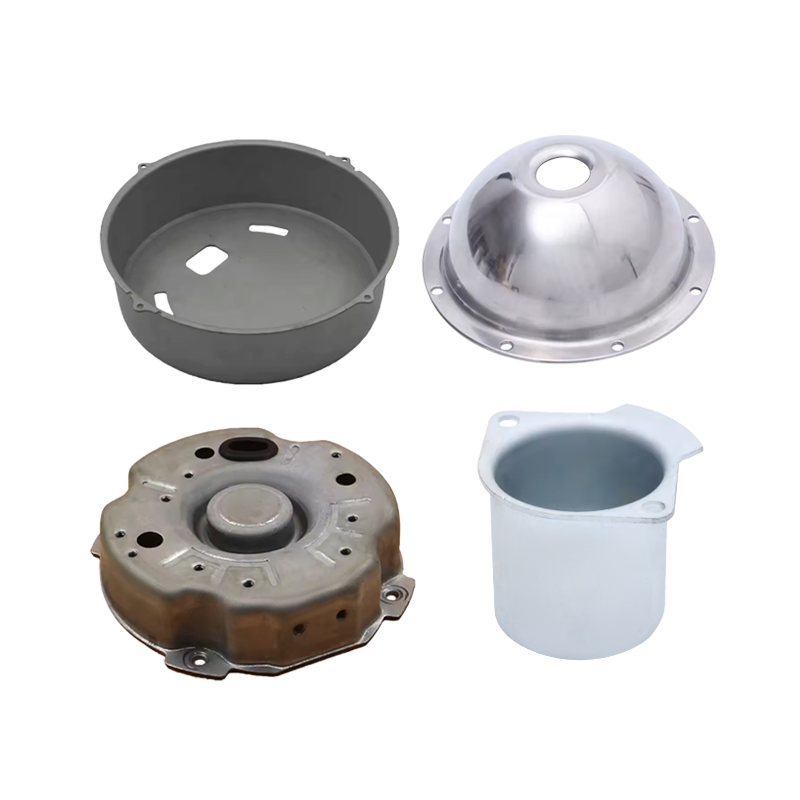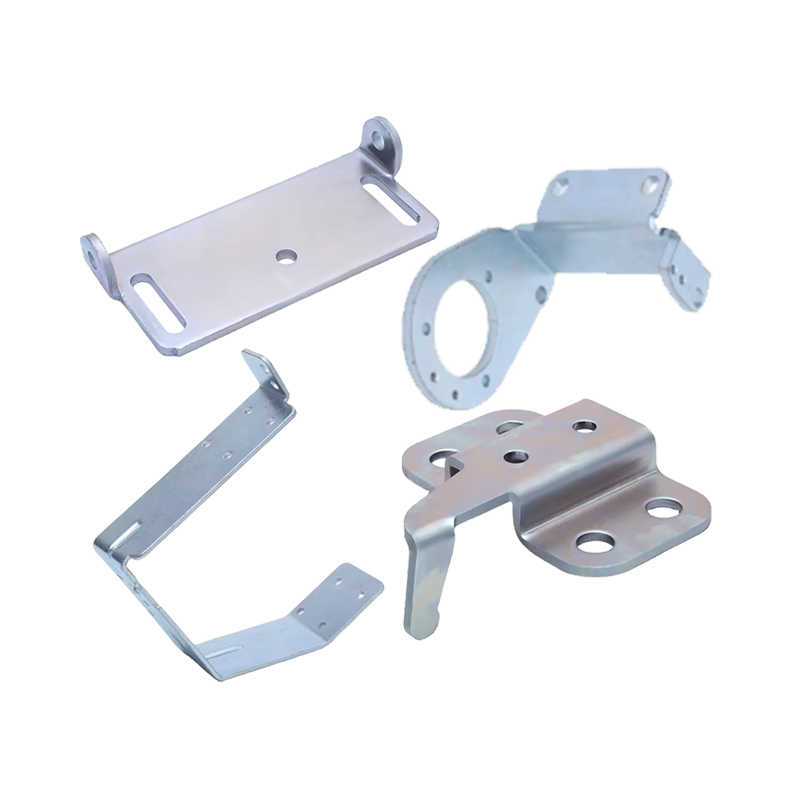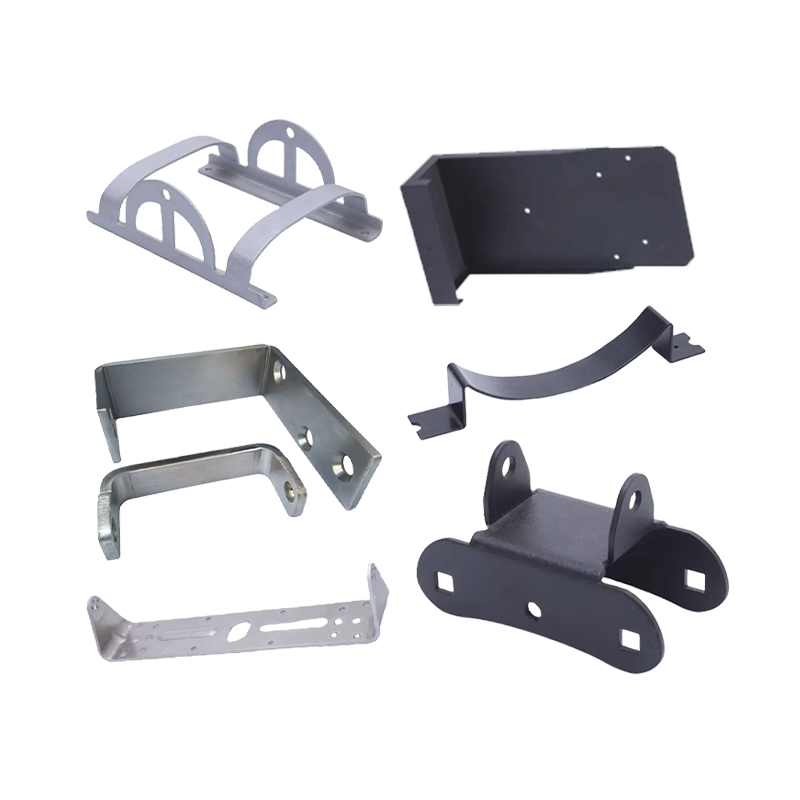Web Menu
Product Search
Exit Menu
News categories
RECENT POSTS
-
When Selecting Metal Prts, How to Quickly Match the Mechanical Properties with Actual Application Scenarios?
Nov 21,2025 -
Guide to Selecting 304 Stainless Steel Pig Water Bowls: A Comprehensive Breakdown of Corrosion Resistance and Easy-Cleaning Key Points
Nov 14,2025 -
Which stainless steel custom sheet metal fabrication processes ensure corrosion resistance and strength?
Nov 07,2025 -
Pallet Feet: Plastic or Metal? How to Match Pallet Load Capacity to Avoid Damage?
Oct 31,2025 -
What Surface Preparation Is Needed Before Applying Powder Coated Steel Parts? Step-by-Step Guide
Oct 24,2025
When Selecting Metal Prts, How to Quickly Match the Mechanical Properties with Actual Application Scenarios?
Content
- 1 What Core Mechanical Properties Must Be Prioritized for Metal Prts Selection?
- 2 How to Analyze Actual Application Scenarios to Define Property Requirements?
- 3 What Practical Tools and Methods Help Rapidly Match Properties and Scenarios?
- 4 What Common Pitfalls Should Be Avoided When Matching Metal Prts Properties?
- 5 How to Verify the Matching Effect of Metal Prts Properties in Practical Applications?
What Core Mechanical Properties Must Be Prioritized for Metal Prts Selection?
Mechanical properties directly determine the reliability and service life of Metal Prts in practical applications. The key indicators that cannot be ignored include tensile strength, yield strength, hardness, ductility, toughness, and wear resistance. Tensile strength reflects the maximum stress a part can withstand without breaking, which is crucial for load-bearing components such as automotive brackets or aerospace fasteners. Yield strength indicates the stress at which the material begins to deform permanently, avoiding premature failure due to plastic deformation during use. Hardness is closely related to wear resistance, especially for Metal Prts used in friction environments like gears or bearings. Ductility and toughness ensure the part can withstand impact or vibration without brittle fracture, which is essential for equipment operating in harsh conditions. Clarifying these core properties first lays the foundation for accurate matching with application scenarios.
How to Analyze Actual Application Scenarios to Define Property Requirements?
Matching mechanical properties starts with a detailed analysis of the application environment and working conditions of Metal Prts. First, clarify the load type the part will bear—whether it is static load (such as fixed supports), dynamic load (such as connecting rods in rotating machinery), or impact load (such as mechanical impact components). Then, consider the operating temperature: high-temperature environments (like engine parts) require Metal Prts with excellent high-temperature strength and oxidation resistance, while low-temperature scenarios (like outdoor equipment in cold regions) emphasize low-temperature toughness to prevent brittle fracture. Additionally, factors such as corrosion environment (whether in humid, acidic, or alkaline conditions), friction frequency, and service life expectations should be taken into account. For example, Metal Prts used in marine environments need high corrosion resistance, so materials with strong anti-rust properties and corresponding surface treatments should be prioritized. Only by refining these scenario details can we translate them into clear mechanical property indicators.
What Practical Tools and Methods Help Rapidly Match Properties and Scenarios?
To improve the efficiency of matching Metal Prts, several practical tools and methods can be adopted. First, use material property databases (such as ASTM standards or industry-specific material manuals) to quickly screen metals that meet basic mechanical property requirements—enter indicators like tensile strength and hardness to filter out candidate materials. Second, refer to case libraries of similar applications: if other manufacturers have used certain Metal Prts in the same scenario, their material selection and property parameters can be used as a reference to avoid repeated testing. Third, use simplified calculation tools or software (such as finite element analysis lightweight tools) to simulate whether the selected mechanical properties can meet the scenario requirements, reducing the risk of mismatches. In addition, communicating with suppliers to obtain technical data sheets (TDS) of Metal Prts can also help compare the actual performance of different products with scenario needs more intuitively.
What Common Pitfalls Should Be Avoided When Matching Metal Prts Properties?
Even with clear indicators and methods, there are still easy-to-ignore pitfalls in the matching process. One common mistake is overemphasizing a single property while neglecting overall coordination—for example, pursuing ultra-high hardness but ignoring ductility, leading to the part being prone to fracture under impact. Another pitfall is failing to consider the influence of processing technology on mechanical properties: the same material may have different tensile strength or toughness after forging, casting, or heat treatment, which needs to be aligned with the processing method of Metal Prts. Additionally, ignoring the dynamic changes of application scenarios—such as the gradual increase in load during equipment operation—may result in the initially selected properties being unable to meet long-term use requirements. It is also necessary to avoid blind pursuit of high-performance indicators, which will increase costs unnecessarily; instead, balance performance and cost based on actual needs.
How to Verify the Matching Effect of Metal Prts Properties in Practical Applications?
After completing the initial matching of Metal Prts, verifying the effect through practical tests is the final key step. Small-batch prototype testing can be carried out first: install the parts in the actual application environment and monitor indicators such as stress, deformation, and wear during operation to check whether they meet the design requirements. For critical components, professional performance testing (such as tensile testing, impact testing, or corrosion testing) can be commissioned to verify whether the mechanical properties are consistent with the scenario needs. In addition, long-term reliability testing is essential—simulate the service life cycle of Metal Prts to observe whether their mechanical properties degrade and whether they can maintain stable performance. If mismatches are found during the verification process, adjust the material selection or optimize the process parameters in a timely manner to ensure that the Metal Prts can truly adapt to the application scenario.
Guide to Selecting 304 Stainless Steel Pig Water Bowls: A Comprehensive Breakdown of Corrosion Resistance and Easy-Cleaning Key Points
Which stainless steel custom sheet metal fabrication processes ensure corrosion resistance and strength?
related products
Whether you want to become our partner or need our professional guidance or support in product selections and problem solutions, our experts are always ready to help within 12 hours globally
contact UsPhone:+86 139-5824-9488
FAX :+86 574-86150176
E-mail: [email protected] [email protected]
Address: Unit 2, Building 19, Zhichuangzhizao Park, Chengdong Industrial Zone, Xiangshan, Ningbo,315705, Zhejiang, China

 English
English 中文简体
中文简体 Español
Español